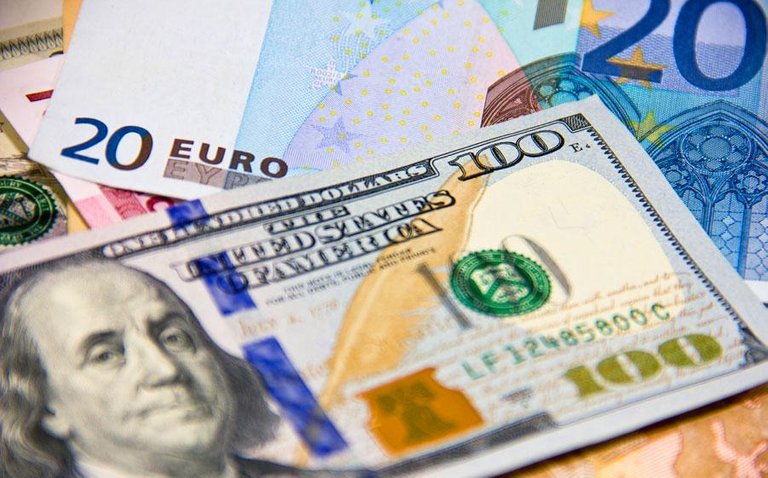Euro Going to Counterattack
Positive statistics on the Eurozone PMI can discourage EUR/USD bears.
One matter when the US economy is expanding better then the trend, and global GDP is slowing down; another matter is when the reduced trade war risk brings back to the market the idea of global economy synchronized recovery. The first situation was in January-March, allowing the greenback to be ahead its rivals from G10 in April-May; the second one occurred in the third and the fourth quarters of 2017. Then, Forex was dominated by euro, pound, the Canadian dollar and other G10 currencies. The matter is whether the former sentiment will return to the foreign exchange market or not.
Anyway, whether EUR/USD will continue being corrected, or the pair will finally touch the bottom, depends on the optimists/pessimists ratio in the market. Those, who bet on soon recovery of the Eurozone GDP and associated restoration of the idea of the Fed’s and the ECB monetary policies convergence, are starting to buy euro. Their opponents are painting a gloomy picture of the currency block future, in part because of the political uncertainty in Italy. It could affect PMI, and as a result, the Eurozone GDP. In this respect, the publication of the purchasing mangers index, scheduled on May 23, will give the main currency pair a clue. For now, I can just admit that the widening spread between Italian and German bond yields indicates that the political risks are growing. Has this factor worked out or not will be clear from the next events in Rome and its neighbourhood.
Euro has a strong bargaining chip that has been recently ignored for some unknown reasons. Although the single European currency rate is growing stronger, the foreign trade surplus on a yearly basis is renewing all-time highs. In march, it was up at €410, or 4% of GDP.
Of course, capital flows are more mobile than trade operations, and so, more influence on the Forex rates. Nevertheless, from the long-term point of view, they are a strong argument for buying EUR/USD.
It is also proved by the USA budget deficit. In 2018/2019 financial year, it will expand up to $804 billion and exceed the level of $ trillion in 2020, when the corporate tax will be cut to 20% from 35%. Considering the existing historical correlations, it’s not the best news for the US dollar.
So, the Eurozone economy’s recovery, gradual global economic expansion sync, the US twin deficit and positive dynamics of the currency block foreign trade can well lure investors back to buying euro. The matter is when exactly. The current correction, together with fundamental factors, includes the factor of quitting excessive euro net longs. When the market gets rid of the ballast, it will fly up very fast. However, for a start, it would be good to discourage bears by a strong test of the resistance at 1.184-1.1855.
